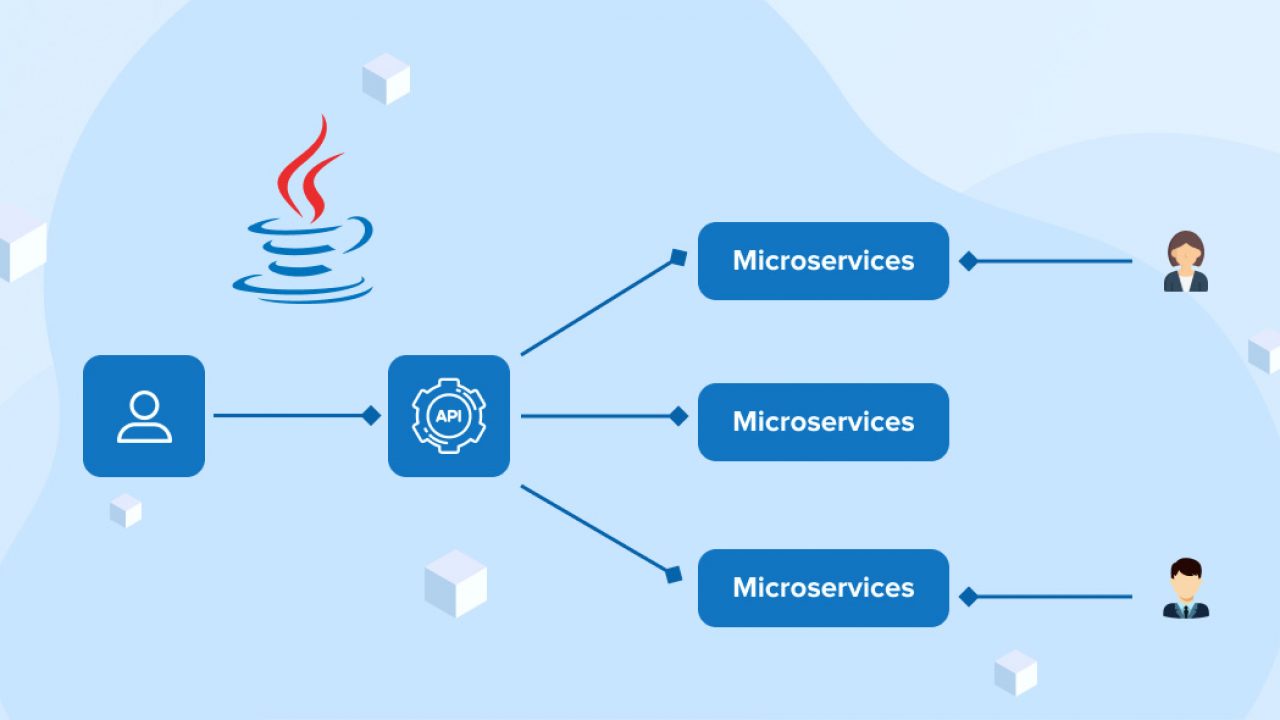In the ever-evolving landscape of software architecture, microservices have emerged as a compelling paradigm for building scalable, agile, and resilient applications. But, like any technology, microservices are not a one-size-fits-all solution. This article delves into the “why” of microservices, highlighting the scenarios where they excel, and conversely, where they might not be the best fit.
The “Why” of Microservices
Before we explore where microservices shine, it’s essential to understand why they are garnering so much attention in the tech world:
- Scalability: Microservices architecture allows for independent scaling of individual components. This means you can allocate resources where they are needed most, improving performance and cost efficiency.
- Agility: Microservices enable faster development cycles, making it easier to adapt to changing requirements and deliver new features. Each microservice can be developed, tested, and deployed independently.
- Fault Isolation: In a monolithic application, a single bug can bring down the entire system. Microservices, on the other hand, limit the impact of issues to a single service, ensuring that the rest of the application continues to function.
- Technology Diversity: Microservices permit the use of different technologies for different services. This flexibility allows you to choose the best tool for each specific job.
Where Microservices Excel
- Large and Complex Systems: Microservices are well-suited for large, complex applications where a monolithic architecture becomes unwieldy. Breaking the system into smaller, manageable services simplifies development, maintenance, and scalability.
- High Traffic and Load Variability: Applications with varying loads benefit from microservices. You can scale specific services as needed to handle spikes in traffic while minimizing resource wastage during quieter periods.
- Diverse Development Teams: In organizations with multiple development teams working on different parts of an application, microservices allow for parallel development and deployment. Each team can be responsible for a specific microservice.
- Continuous Integration and Delivery (CI/CD): Microservices align seamlessly with CI/CD practices. Independent deployment and testing of microservices streamline the release process and reduce the risk of breaking the entire application.
- Independent Lifecycle: When different parts of an application have different release schedules or are maintained by different teams, microservices enable each service to have its own lifecycle, reducing coordination overhead.
Where Microservices Might Not Be Ideal
- Small and Simple Applications: For small-scale projects or simple applications, the overhead of managing a microservices architecture may outweigh the benefits. A monolithic approach can be more straightforward and cost-effective.
- Limited Resources: Microservices require additional infrastructure and management. If you have resource constraints, it might be challenging to maintain numerous microservices effectively.
- Consistency and Data Integrity: In situations where data consistency and integrity are paramount, a monolithic architecture with a single database might be a better choice. Managing distributed data can be complex.
- Skill and Expertise: Microservices demand a good understanding of distributed systems, containerization, and orchestration tools. If your team lacks these skills, you might face challenges in implementing and maintaining microservices.
- Inter-Service Communication Overhead: While microservices offer scalability and fault isolation, inter-service communication can introduce latency and complexity. In cases where low latency is crucial, a monolithic architecture might be more suitable.
Conclusion
Microservices are a powerful architectural approach that can revolutionize the development and maintenance of large, complex applications. However, they are not a silver bullet. To determine whether microservices are the right choice, consider the size and complexity of your application, your organization’s resources and expertise, and the specific requirements of your project. Microservices are a valuable tool, but like any tool, they should be wielded judiciously, ensuring they align with your goals and constraints.
